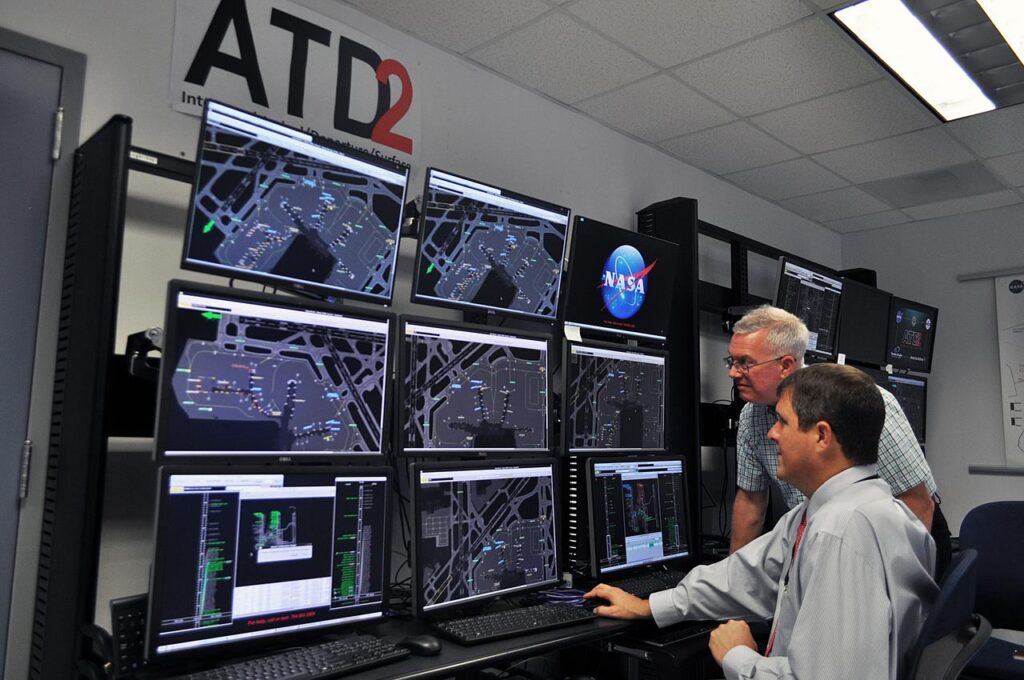The Federal Aviation Administration (FAA) has kicked off the implementation of NASA’s newly developed flight scheduling technology across 27 US airports, helping to reduce excessive taxi and hold times, fuel usage and passenger delays.
To develop the technology, NASA and the FAA completed nearly four years of surface operations research and testing to calculate gate pushbacks through time-based metering at busy hub airports, so that airplanes can roll directly to the runway to take off.
The rollout began with a meeting between NASA administrator Bill Nelson and Phil Brown, CEO at Greater Orlando Aviation Authority (GOAA), to discuss the transfer of the technology to Orlando International Airport in Florida.
“NASA’s partnership with the FAA is constantly delivering for the American people, improving the efficiency of the commercial airline industry for the environment and passengers across the country,” Nelson said. “Our flight scheduling technology, which makes it possible for personnel to better coordinate the movements of aircraft while they’re at the airport, will soon help ensure more passengers get off the ground and home for the holidays faster and more efficiently than ever before.”
The technology was officially transferred to the FAA following the completion of NASA’s Airspace Technology Demonstration 2 (ATD-2) at Charlotte Douglas International Airport and Dallas/Fort Worth International Airport in September 2021. The technology’s rollout is part of a larger investment in airport surface management technology called the Terminal Flight Data Manager (TFDM) program.
Brown commented, “The anticipated rollout of the updated TFDM in 2023 aligns with our projections for returning to pre-pandemic passenger traffic the same year. These updates should result in a smoother experience for the traveling public and enhance the ‘Orlando Experience’ we strive to offer every day at our world-class airport.”
NASA’s ATD-2 team first put their aircraft scheduling technology to the test with real-world users in September 2017 at Charlotte Douglas. By September 2021, the integrated arrival and departure system (IADS) tools had saved more than 1 million gallons of jet fuel. Those savings were made possible by reducing jet engine run time, which also decreases maintenance costs and saved airlines an estimated nearly US$1.4m in flight crew costs. Overall, passengers were spared 933 hours in flight delays and saved an estimated US$4.5m in value of time.

